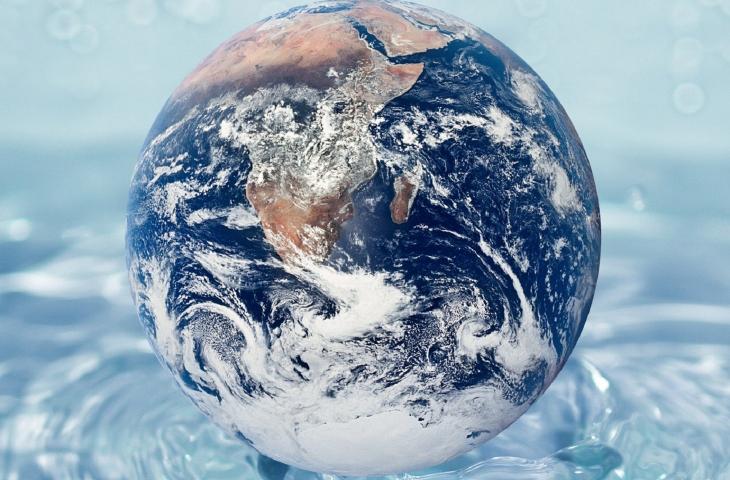MILAN – The Water Blu Print, published by the Nature Conservancy, in collaboration with the International Water Association and C40 Cities Climate Leadership Group, is the first report of its kind. It analyses in depth the water status of over 500 medium-to-large cities, including the 100 biggest cities of the world, comprising almost 1 billion people. Together, these cities represent 21,800 billion dollars of economic activity and 48% of the global GDP. In its conclusion, the report explains that one city in 4 of the 500 and one in 3 of the top 100 are facing water stress. In addition, millions of people have low quality water sources due to increased sediment.
Some facts
Limited and polluted water sources are forcing cities to seek clean water outside of their own boundaries. The 100 biggest cities in the world transport 3.2 million cubic metres of water every day for over 5,700 km (more or less the distance between New York and Paris) to overcome local water shortage or pollution. Almost 90 billion dollars per year are spent in laying down infrastructures which can provide water. Nevertheless, nature plays a fundamental role in supplying water and this is generally underestimated. Natural solutions have the potential to save 890 million dollars per year in the cost of water treatment.
Harnessing nature
Preserving water before it reaches the cities can be more economical and efficient than treating it after it has been polluted and there are many options for improving its quality. The report explains that if nature was more effectively harnessed – e.g. protecting the forests, reforestation, improving agricultural methods, etc. – over 700 million people could access better quality water.
by editorial staff











